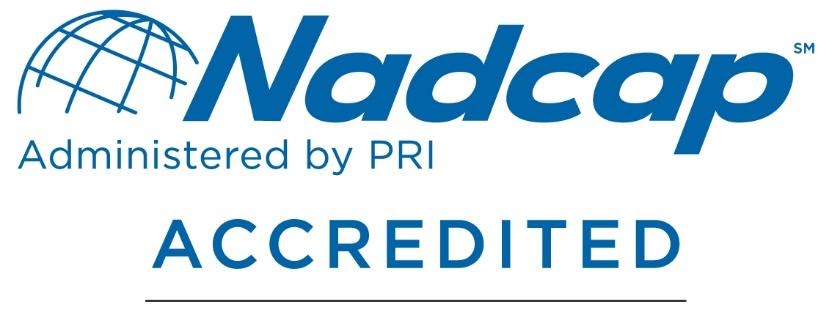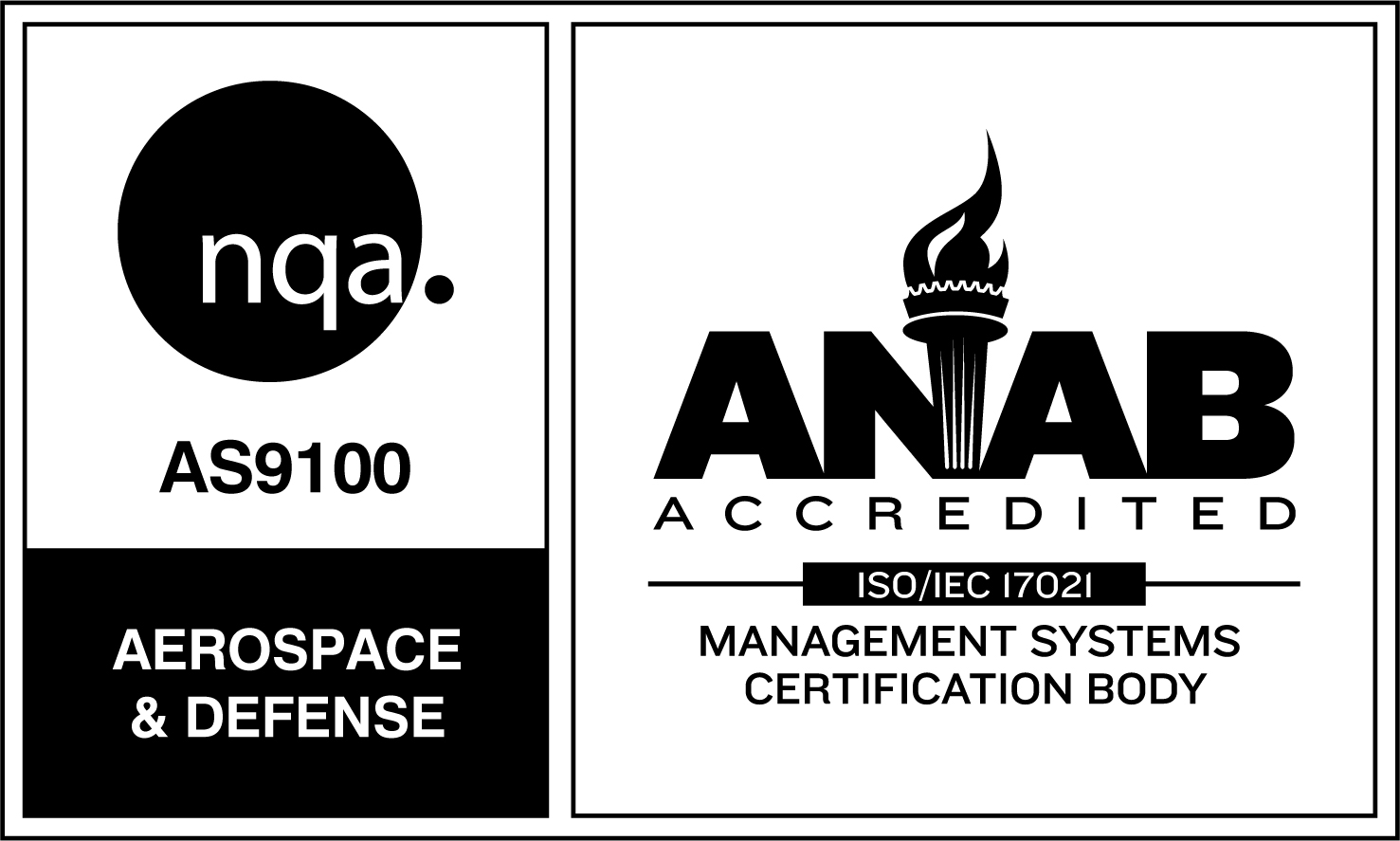Nickel plating has numerous applications, ranging from providing a gleaming decorative finish on automotive parts to creating a heat-resistant coating in motors, thrust nozzles and aerospace equipment – components where increased burn life and durability are critical.
Adding a layer of nickel through the electroplating process creates a corrosion-resistant coating to protect the base metal from oxidizing and rusting while at the same time increasing the strength and durability of mechanical parts and tools.
Nickel plating is frequently used in food processing equipment to prevent contamination with iron, in processing equipment, drying cylinders or rolls, hydraulic rams and automotive cylinder liners. The nickel is applied to provide both corrosion and wear resistance and can also be used to salvage worn components, making it ideal for extracting the maximum useful life from equipment across a wide range of industries.
Thermal-Vac’s high-precision proprietary plating, coating and finishing products have been tested and proven in the most severe torture chamber – the guts of a rocket engine. Ferocious temperatures, extreme environments, and exacting tolerances make aerospace applications incredibly difficult, though this is precisely where we excel.
What is the process involved in nickel plating?
Surface cleaning
Because the nickel-plating process coats the underlying metal, parts need to be clean and free of dirt, corrosion, and defects before plating to ensure an even, durable finish free of impurities. Cleaning the part’s surface also helps protect the part during the plating process. The cleaning process can involve a combination of heat treating, cleaning, masking, pickling, and etching using a series of chemicals. After each stage of the pre-treatment process, the part is rinsed with purified water to completely remove the chemicals used for de-greasing and descaling the part’s surface.
Surface activation
Once the surface has been cleaned, in order for the nickel to attach to the underlying surface, pre-treatment is required to make the usually non-conductive surface hydrophilic, which means making it charge-polarized and capable of hydrogen bonding. The surface is then activated with a solution of a noble metal before beginning the plating through chemical or chemical and electrical processes.
Plating bath and electrodeposition
Nickel plating can be done through electroless plating, a purely chemical process that produces coatings that are far less porous and more resistant to corrosion than the coatings produced with other methods, or through electrodeposition (passing an electric current through the part while it is submerged in a nickel solution).
The electrodeposition nickel plating process consists of passing an electric current between two electrodes immersed in an electrolyte, in this case the nickel solution made up of soluble nickel salts dissociated into divalent, positively charged nickel ions (Ni ++) along with negatively charged ions. During nickel electroplating, a current flows between the electrodes, completing the electrical circuit and discharging the positively charged metal ions at the cathode (the part to be plated), thereby depositing a coating of nickel on the surface of the part.
Check out the Nickel Plating Institute’s handbook for a ton more about this process.
After-plating treatment
After nickel plating, anti-oxidation or anti-tarnish chemicals are applied, then the part is rinsed and heat treated at extreme temperatures. Thermal-Vac uses our extensive experience in heat treating and brazing to fire the part in excess of 2,600 degrees, ensuring the nickel-plated part is durable and stress-resistant in critical situations.
What makes Thermal-Vac’s nickel-plating process unique?
Thermal-Vac has developed proprietary processes to ensure our nickel-plating process is consistent, repeatable and durable for use in the rigorous and extreme environments typical of the aerospace, defense, engine and propulsion industries. Unlike other facilities, Thermal-Vac uses robotic arms to dip the parts and robotic mixing stations to ensure uniformity in the nickel solution and coating.
Quality and performance are vital when nickel plating crucial engine components designed to be used in aeroplanes, rockets and for national defense. Thermal-Vac’s uniform methodology ensures that plated components meet the strictest standards and specifications.
As an AS9100 and ISO 9001 accredited facility, Thermal-Vac follows strict quality control protocols throughout its processes. Compliance with these strict standards assures our customers that the work we do meets their specifications.
Thermal-Vac provides a highly qualified staff of engineers, technicians, materials experts, project managers, and other specialists who work with the customer throughout the project life to assure success in every stage.
If the job calls for it, our R&D group will devise special methods and processes to suit your particular requirements. Our quality laboratory is World-Class. Our integrated facilities and systems allow us to tightly control process flows. We have what it takes to do it right.
To learn more about our nickel plating process and discuss its benefits and challenges, give Thermal-Vac a call.


